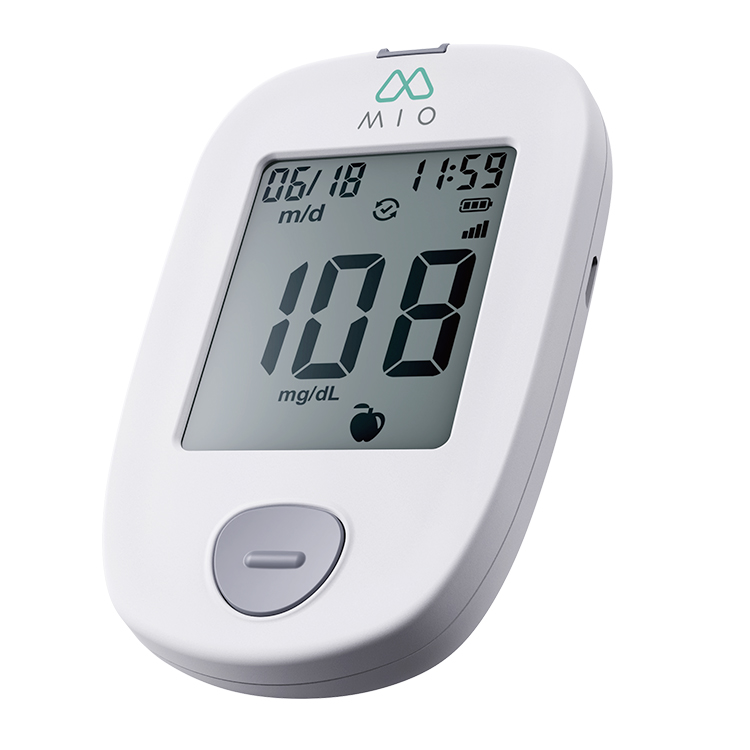In the realm of health monitoring, wrist blood pressure monitors have gained significant popularity due to their convenience and ease of use. Let’s delve into the details of these devices and understand their functionality, accuracy, and comparison with traditional arm blood pressure monitors.
Understanding Wrist Blood Pressure Monitors
Best Wrist blood pressure monitors are portable devices designed to measure blood pressure conveniently from the wrist. They typically consist of a cuff that wraps around the wrist and a digital display that provides readings. These monitors are equipped with advanced technology to accurately detect and display blood pressure measurements.
Key Features of Wrist Blood Pressure Monitors
- Portability: Wrist blood pressure monitors are compact and lightweight, making them ideal for travel or use on the go.
- Ease of Use: With simple one-button operation, these monitors are user-friendly and suitable for individuals of all ages.
- Memory Function: Many wrist blood pressure monitors have a built-in memory function to store previous readings for tracking and monitoring trends over time.
- Irregular Heartbeat Detection: Some models are equipped with technology to detect irregular heartbeats, providing additional health insights.
- Large Display: The digital display on wrist blood pressure monitors is often large and easy to read, ensuring clarity and accuracy of readings.
Comparison: Wrist vs. Arm Blood Pressure Monitors
Accuracy
While both wrist and arm blood pressure monitors provide accurate readings when used correctly, arm monitors are generally considered more reliable. This is because wrist monitors are more sensitive to body position and movement, which can affect the accuracy of measurements.
Convenience
Wrist blood pressure monitors offer unparalleled convenience, allowing users to take readings anytime, anywhere, without the need to remove clothing or roll up sleeves. This makes them ideal for individuals with mobility issues or those who require frequent monitoring.
Comfort
Wrist monitors are often preferred for their comfort, as they do not require the inflation of a cuff around the upper arm. However, some users may find it challenging to position the cuff correctly on the wrist, potentially leading to inaccurate readings.
Size and Portability
Wrist blood pressure monitors are compact and lightweight, making them easy to carry in a purse, bag, or pocket. Arm monitors, on the other hand, are bulkier and may require additional storage space.
Choosing the Best Wrist Blood Pressure Monitor
When selecting a wrist blood pressure monitor, it’s essential to consider factors such as accuracy, ease of use, and additional features like memory storage and irregular heartbeat detection. Reading user reviews and consulting with healthcare professionals like transtekmed.com can help guide your decision and ensure you choose a monitor that meets your needs.
Top Picks
- Omron Gold Wrist Blood Pressure Monitor: Known for its accuracy and reliability, the Omron Gold Wrist Blood Pressure Monitor is a top choice among consumers.
- Withings BPM Core: This advanced wrist blood pressure monitor not only measures blood pressure but also detects atrial fibrillation and provides ECG readings.
- Care Touch Automatic Wrist Blood Pressure Monitor: Affordable and easy to use, the Care Touch monitor offers reliable readings and a compact design.
Conclusion
Wrist blood pressure monitors offer a convenient and accessible way to monitor blood pressure levels at home or on the go. While they may not be as accurate as traditional arm monitors, they provide valuable insights into cardiovascular health and can help individuals track and manage their blood pressure effectively.


